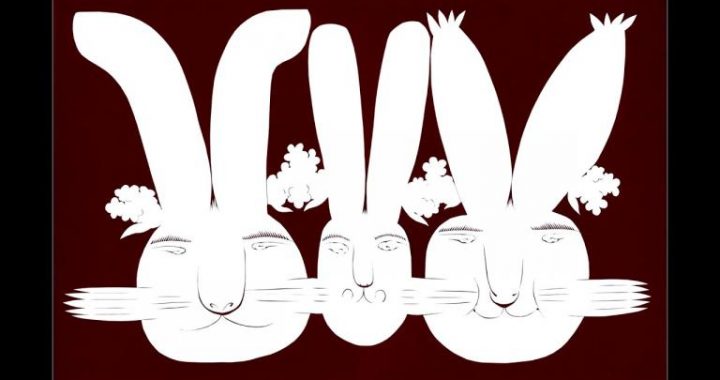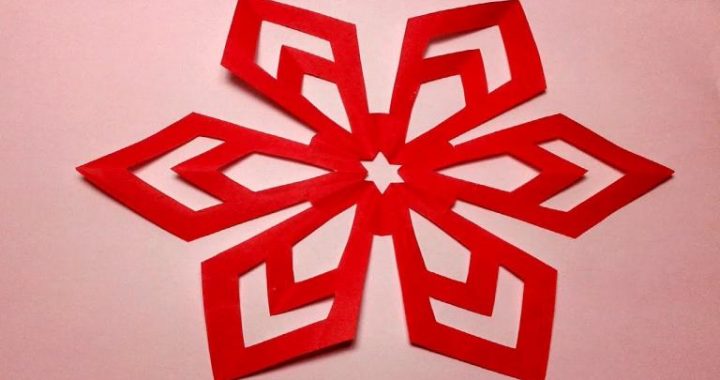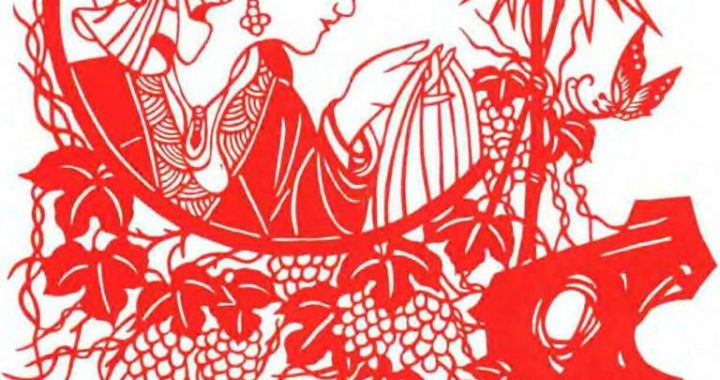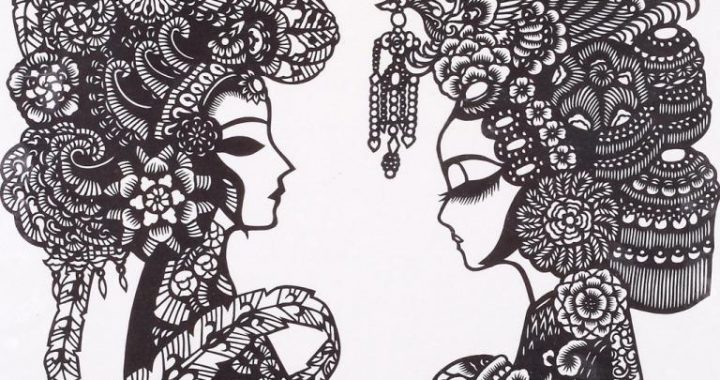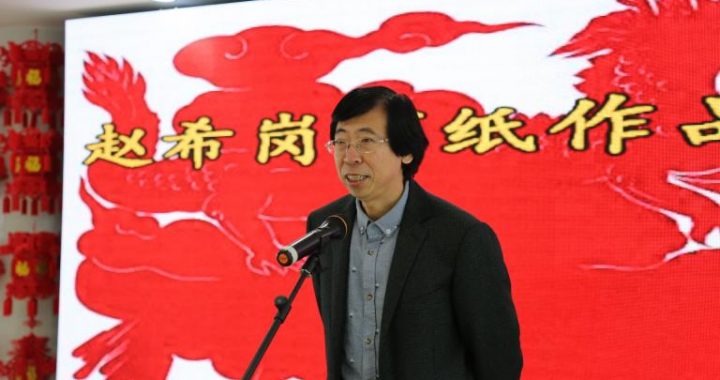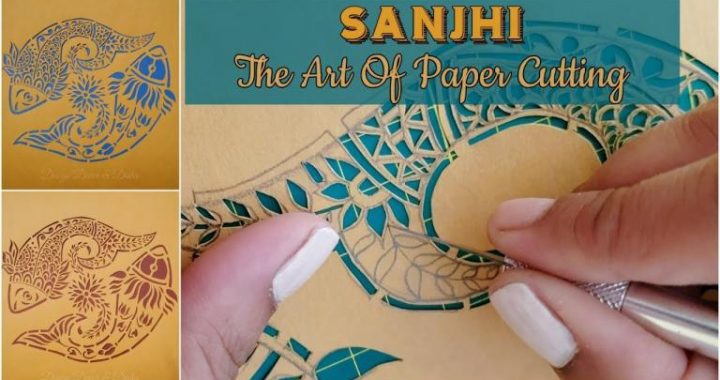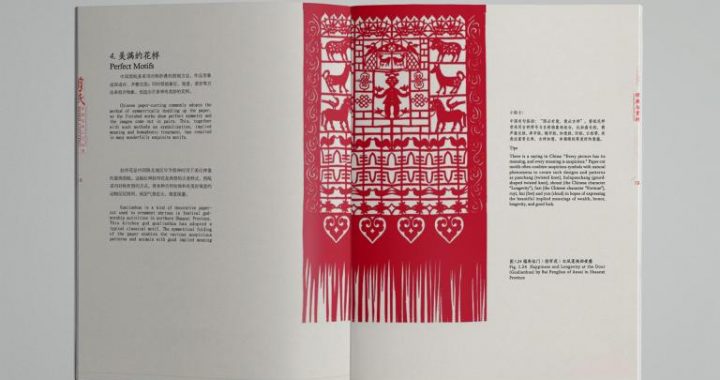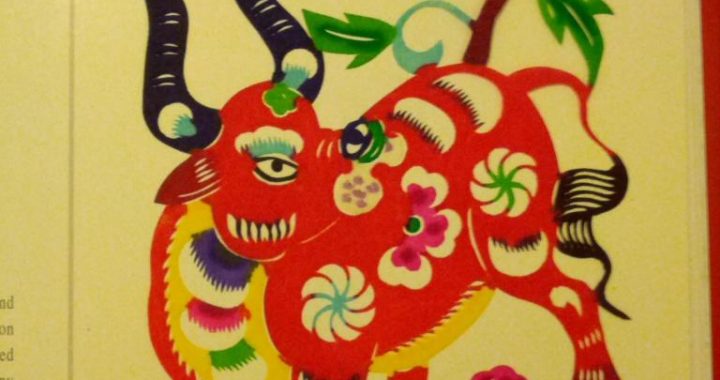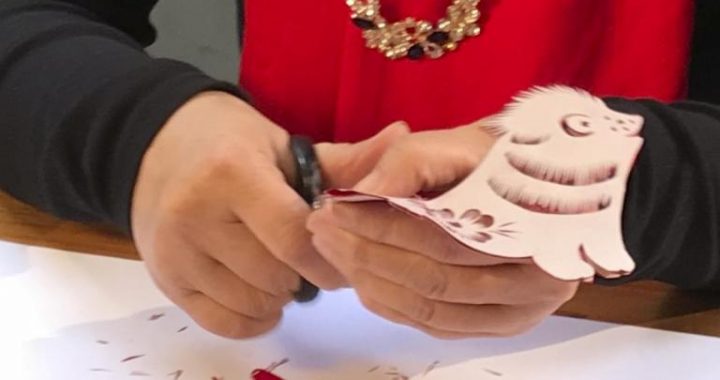THE CORE OF CHINESE FOLK ART
4 min readFolk social customs are the carriers of Chinese folk art which has numerous categories and variety of art forms. However, despite all the categories and forms on the outside, the core lies within the basic cultural consciousness of the people and the original Chinese philosophy.
Life and Propagation-an All-time Theme
To live and to continue life through propagatio are the two instinctive desires of humans. From birth, a person’s first instinct is to survive, then to live a long life.
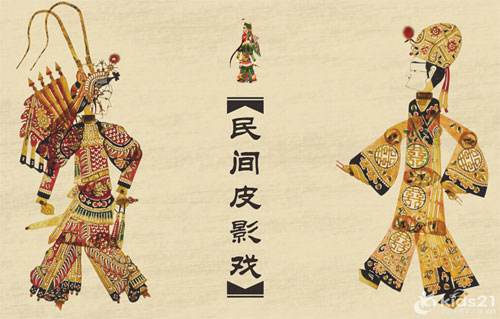
However, life and death are immutable laws of nature. Therefore, they turned to seek perpetuity after life, praying for longevity for the living, and perpetuity for the dead Since the eternity of life could only be achieved through propagation, producing children and grandchildren to pass on life from generation to generation became the ultimate goal. Thus, human perception of propagation was the same as their perception of life itself. Propagation of people and harvesting of crops were deemed as good fortune. In this way, fortune and longevity became the basic cultural consciousness of the people, which was also the main theme of folk art.
Chinese folk art and Chinese philosophy are unified in the belief that yin-yang produces all living things on earth and all living things stay alive through propagation.
Originated in Chinese primitive society this was the philosophical explanation of human’s perception of life and propagation Chinese ancestor’s philosophical conclusion was to “look at oneself up close and other creatures from afar. “Observing one’s own life in this manner would lead to the understanding of other living things on earth. This conclusion had been the essential cultural understanding of the primitive art to the folk art of the nation.
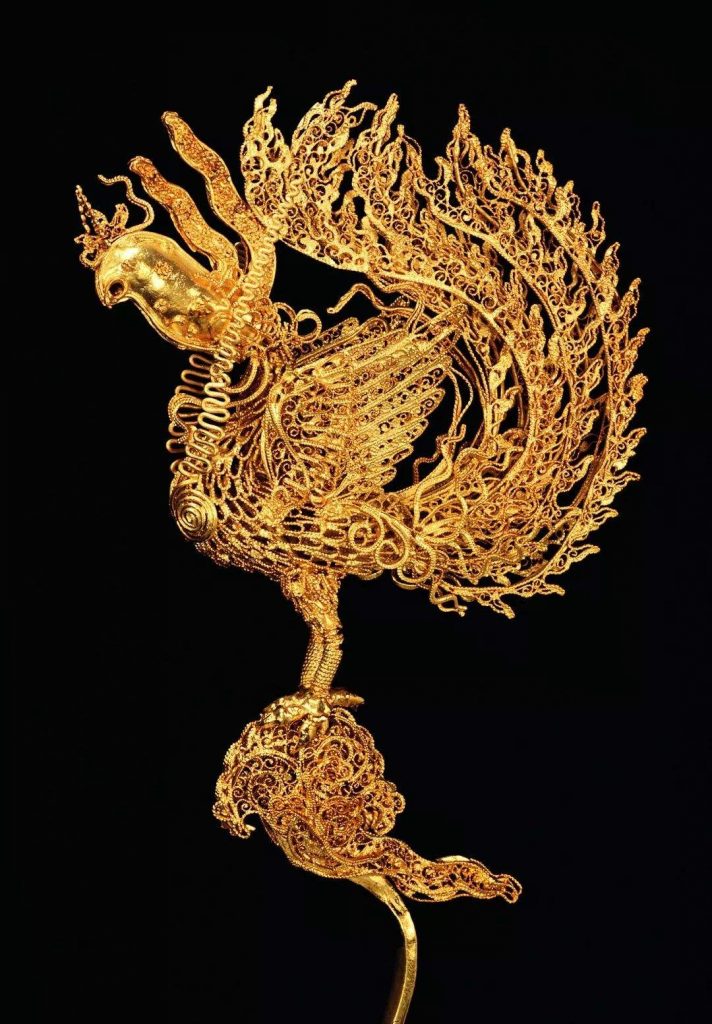
With the coming of property ownership and intellectual development, the society began to be divided into the governing class and the governed. Class society was established. The majority of material and intellectual valuables were disproportionately accumulated in the upper classes where they created a more affluent life style. To get a better life, the concept of profit came into the larger community. The previous cultural concept of “fortune and longevity expanded into “fortune, longevity, and wealth.” Together they formed the secular culture of folk art. This was especially true in areas that were more culturally and economically developed. Folk art with themes of fortune, longevity, and wealth became widespread. In areas more culturally enclosed with undeveloped communications and economy, the themes were still luck and longevity symbolized by life and propagation. Folk art paper-cut of “Lotus bearing seeds”implied life and propagation in the rural area of northern Shaanxi. On the other hand, in Tianjin where the economy was more developed and transportation had become convenient, New Year woodcut pictures became “Lotus bearing precious seeds”and “Five sons obtaining official promotion. To become official was to be in the position to obtain wealth.
Folk paper-cut ‘”Lotus bearing seeds” (Zhenyuan, Gansu).
Folk paper-cut “The tree of life'(Ansai, Shaanxi).
Transitioning from a natural farming economy to a commodity economy meant that there was a need for profitable commoditie. With this change money became important. This evolution in the society brought about a change in the folk art. The was no longer to gain basic survival Life and propagation gradually faded and was “Tree of life” turned into a “Tree that shed coins” or a “Treasure bowl. The goal in life replaced by symbols denoting a happy life and good fortune. For example, by combining two items such as a halberd(symbolizing favorable circumstances)and jade(symbolizing fulfillment of ones wishes)auspicious good fortune would replace the original concept of perpetual life. Having many children was symbolized with lotus in vase. Another example to have every wish granted was expressed by combining two persimmons with jade. The persimmons were symbolic of having everything. The life view changed from simple propagation to living comfortably with extras. Looking at Chinese folk art through different times is like separating cultural layers at an archaeological site. Every shard carries the trace of the historical culture of its time.

From primitive society to the present day, the views of yin-yang and perpetual life have permeated all aspects of the social life and national culture of Chinese society.
Chinese folk art reflects all of the basic philosophical concepts of the society. From my research of Chinese and world archaeological cultures, I have concluded that yin-yang and perpetual life view were the two factors in opening up the database of Chinese cultural genes. In Western cultures, everything evolves around perpetual life.
Whereas yin-yang was regarded as the essence of Chinese cosmic ontology, it was regarded as part of dialectical methodology in the west.
